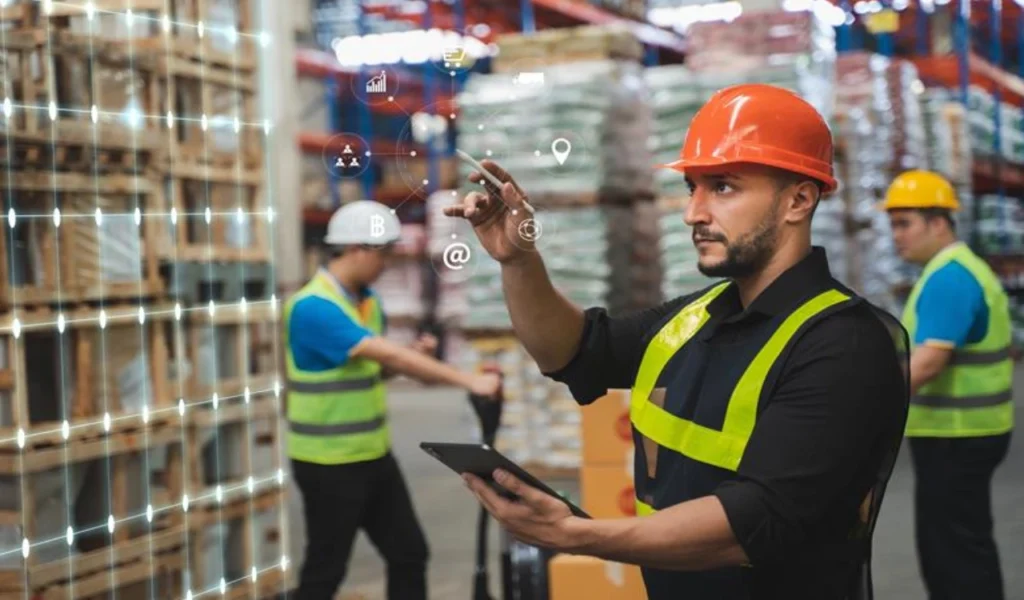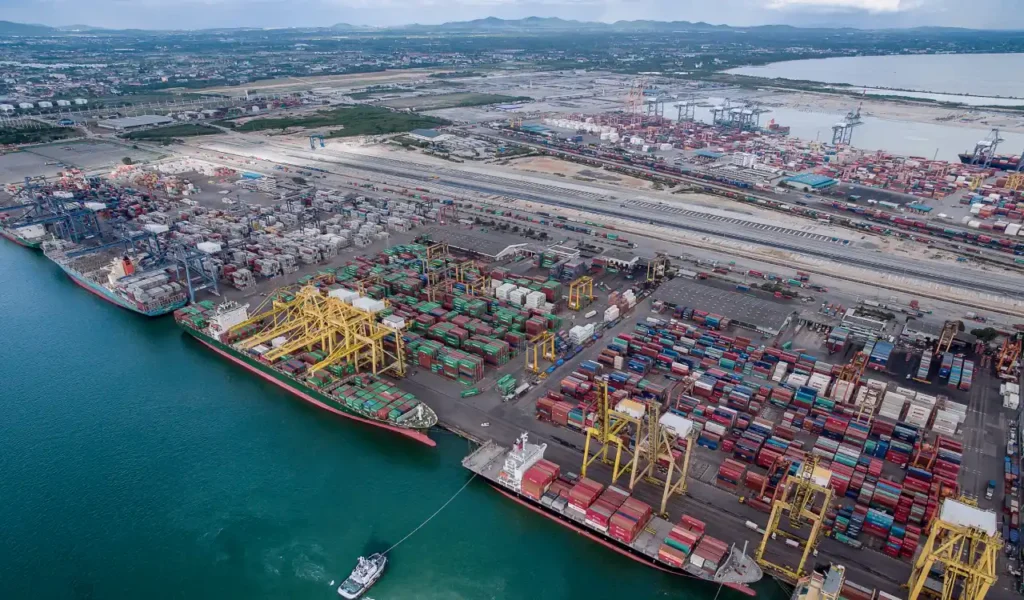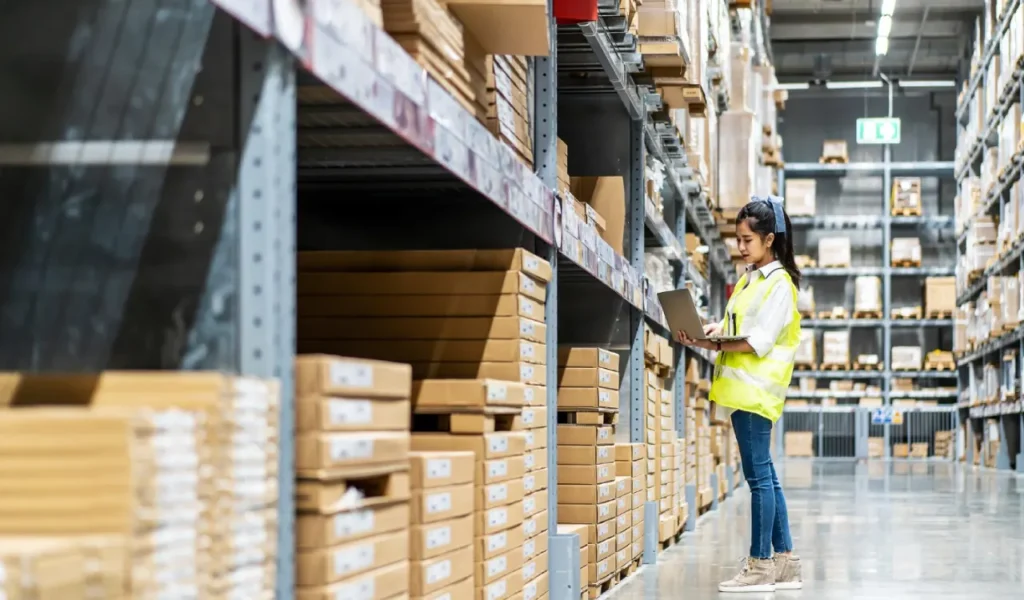Self-healing Supply Chains
- Introduction
- What is a self-healing supply chain (SHSC)?
- What challenges do supply chains face today?
- How do self-healing supply chains solve these challenges?
- How does it work?
- Is data quality the Achilles’ heel of a self-healing supply chain?
- Are self-healing supply chains the future?
- What does Syren bring to the table?

What if supply chains could fix themselves? No firefighting, no scrambling to patch gaps—just seamless recovery from disruptions. It sounds like a dream, doesn’t it? But in an era where supply chain shocks—from geopolitical tensions to unpredictable demand spikes—have become the norm, the idea of a self-healing supply chain feels less like wishful thinking and more like a necessary evolution.
For years, technology and planning have driven supply chain advancements, enabling businesses to tackle increasingly complex challenges. But even as we unlock unprecedented computational power and advanced planning tools, there’s one critical hurdle we keep tripping over: data quality. How can we expect precision when the foundation—our data—is fractured?
So, the question now is, where do we go from here? Can technology rise to the occasion, turning fragmented information into actionable insights and enabling supply chains to adapt and recover autonomously? Or is the idea of self-healing a concept too ambitious for the current state of the industry?
In this blog, we try and understand what it really means when you say self-healing supply chain, what role data quality plays in this technology and what this means for the future of supply chains.
What is a self-healing supply chain (SHSC)?
Imagine if a supply chain were to behave like a human body. If you get cut, the body detects an injury and reacts automatically by clotting blood, fighting infection, and repairing tissue with new cells. Similarly, a self-healing supply chain (SHSC) detects disruptions such as shipment delays or demand surges by leveraging real-time data. The system evaluates the disruption, analyzes its impact, and automatically takes corrective actions. These actions might include rerouting deliveries, adjusting production schedules, or alerting stakeholders—all without needing manual intervention.
What makes it powerful is its ability to learn. Just as the body builds immunity, self-healing supply chains use AI and machine learning to improve over time, becoming more resilient and proactive in managing future challenges.
What challenges do supply chains face today?
Every leader within the supply chain network knows the industry is facing some tough challenges right now, but three stand out above the rest.
- Fragmented Data
The biggest challenge enterprises face today is our systems don’t talk to each other well enough. Data lives in silos, in different formats, and often isn’t reliable. Without clean, connected information, making real-time decisions becomes really formidable. - Accelerated New Product Introduction (NPI)
Generative AI is streamlining NPI processes, enabling faster market entry for innovative products. This agility is becoming a competitive differentiator in a fast-paced global market. - Need for Sustainability
More than ever, businesses are expected to reduce emissions and comply with responsible and sustainable operations. But tracing CO2 footprints, especially with suppliers outside your direct control, is incredibly complex. - Constant Disruption
From pandemics to geopolitical shifts, disruptions are the norm of our chaotic world. Supply chains, once built for efficiency, are now being tested for resilience, and many are struggling to keep up.
Essentially, the difference between how a supply chain is designed and how it operates in the real world is often vast.
How do self-healing supply chains solve these challenges?
Disruptions like pandemics, natural calamities, demand shifts and evolving trends have made traditional supply chains unreliable. Even with these disruptions, today’s consumer expects 24X7 deliveries, transparency, and sustainable practices, but reactive systems simply aren’t agile enough to meet these demands.
Self-healing supply chains solve this by detecting problems early, fixing them in real time, and improving with every incident. When discrepancies arise, these intelligent systems can quickly identify and assess their impact, providing actionable insights to planners and stakeholders. Over time, SHSCs go beyond flagging issues—they autonomously adapt and resolve specific challenges, such as sudden demand spikes, late supplier deliveries, or even large-scale disruptions like hurricanes or tsunamis. They help businesses stay resilient, adapt quickly, and turn challenges into opportunities even in unpredictable environments.
How does it work?
Self-healing supply chains are powered by smart technology but built on a simple fundamental – predict issues and fix them before they escalate. Here’s what makes it work:
- AI and Machine Learning
analyze data to spot patterns, predict disruptions, and recommend solutions. They get smarter with each event. - Digital Threads
create a real-time, connected view of the supply chain, like a 360-degree dashboard. - External Data Integration
pulls in factors like weather or traffic, helping anticipate and adapt to external challenges.
Is data quality the Achilles’ heel of a self-healing supply chain?
Are we surprised that poor data quality is the biggest barrier to deploying self-healing supply chains? Many businesses operate with fragmented systems and inconsistent formats, making it nearly impossible to integrate data accurately for real-time decisions.
Much like building a house, if the foundation is solid, no matter how advanced your design, the structure will not hold.
- Start by implementing data harmonization processes to ensure consistency across disconnected systems.
- From the harmonized data, deploy AI to detect and resolve discrepancies in real-time, making sure the data stays clean and actionable.
- In the final stage, establish adaptive governance frameworks, allowing businesses to maintain data integrity even as their operations grow and evolve. Good decisions start with good quality data. Without it, even the most sophisticated AI systems are bound to fail.
Are self-healing supply chains the future?
One word, yes! Self-healing supply chains are no longer a pipe dream—they’re already being implemented by frontrunners in the AI-first world. But the journey won’t look the same for everyone. For some, it will start with improving data quality or automating specific processes. For others, it might mean a complete overhaul of existing systems.
This is an incredible opportunity for enterprises to take those first steps toward building a supply chain that’s not just efficient but resilient and proactive.
The future of supply chains is one where disruptions are no longer a crisis but opportunities to adapt and grow. The question isn’t whether self-healing supply chains will become the norm, rather how soon will you start building yours?
What does Syren bring to the table?
Syren’s Chief Product Officer Sahil Jain says, “Supply chains have always been about connections; connections between people, product and promises.”
While the basic components have sustained the test of time, the challenges and tools have evolved. Syren understands that supply chains are built on years of expertise and hard-earned lessons. The focus is on building bridges, between the past and the future, between data and decisions, and most importantly, between technology and the humans who rely on it.
At the heart of Syren’s approach to self-healing supply chains is the Optima Control Tower—a dynamic, AI-powered platform designed to revolutionize supply chain management. Optima provides real-time visibility across the entire supply chain, enabling businesses to detect, analyze, and resolve disruptions as they occur.
By leveraging advanced analytics and machine learning, the Optima Control Tower facilitates self-healing capabilities. It continuously monitors supply chain performance, flags deviations from the plan, evaluates their impact, and initiates corrective actions automatically. Whether it’s rerouting shipments, adjusting production schedules, or notifying stakeholders, the system ensures disruptions are managed swiftly and efficiently without manual intervention.
Fill out the form below to connect with our supply chain experts & schedule a free demo!


